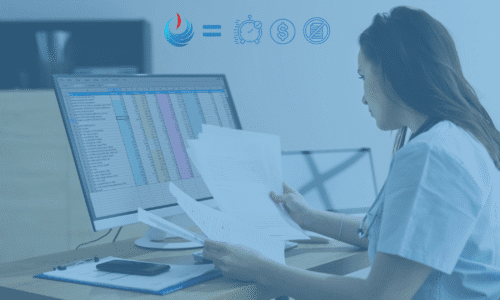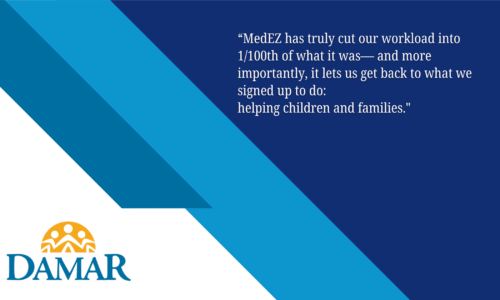Let’s take a trip down memory lane, back to elementary school. Remember those days we would have guest speakers, such as police officers, come to our school and talk about drugs? That’s because it was Red Ribbon Week, a drug prevention awareness week whose primary focus is to educate children on the dangers of drugs, from nicotine and alcohol, to illicit drugs such as opioids. I’m sure you’re wondering, what does this have to do with mental and behavioral health?
What is Red Ribbon Week?
Red Ribbon Week was founded by the National Family Partnership, an organization that sponsors the National Red Ribbon Campaign. In 1985, a DEA agent named Enrique Camarena was going to meet his wife for lunch when he was kidnapped and tortured to death. In his memory, friends and family had started to wear a red ribbon. Now, the National Family Partnership sponsors this campaign to educate children about the dangers of drug use and is the largest and oldest drug-use prevention program in the United States.

Substance Use Disorder
According to the MayoClinic, substance use disorder is a “disease that affects a person’s brain and behavior and leads to an inability to control the use of a legal or illegal drug or medication.” The MayoClinic also states that substances such as nicotine and alcohol are considered drugs just like opioids.
According to the National Institute on Drug Abuse, the earlier you start educating children and teens on these dangers, the better. Why, you may ask? Because the earlier they start to use drugs, the more likely it is that they will become addicted in the future. Plus, drug use makes physical changes in the brain, and it has been proven that the brain is still developing well into your 20s.
How do I know if my child or teen is at risk?
The National Institute on Drug Abuse states that people are more likely to start using drugs during times of transition. For a teenager, this would include moving, parents divorcing, or even switching schools. Every time they go to a new school, even from elementary to middle to high school, kids are faced with different academic and social situations, and sometimes they can also be challenging. This can even happen during the transition to college and living independently.
Remember that some risk-taking is normal for teenagers, but in any case, here is a short list of signs and symptoms, behavioral and physical, that you can look out for according to the Hazelden Betty Ford Foundation:
- Avoiding eye contact
- Breaking the rules
- Stealing
- Self-isolation or damaging relationships with friends and family, including ditching friends for a new group
- Making excuses and/or lying
- Negative changes in their academic performance
- Losing interest in activities they once enjoyed
- Poor hygiene and/or a change of appearance
- Changes in their mood and/or attitude
- Rapid weight gain or loss
- Frequent runny nose or nosebleeds
What do I do if I suspect my child or teen is using drugs?
First, just know that you’re not alone. Resources depend on the community, but help is out there. You can reach out to their doctor, school, or even your insurance company, as they can give you a list of treatment centers that they cover that are close to where you live. The first step is always the hardest but remember that help is in your grasp.
Prepared by Katlyn Miller for medez.com


